Research activities
 What are the driving forces of plate tectonics?
Does the Earth's mantle convect globally, or layered?
What is the role of volcanoes in the thermal evolution of the planet?
Is there significant attenuation, melting and water abundance throughout the mantle?
To what detail can seismology resolve the Earth's interior?
What is the nature of deep earthquakes?
How do we formulate a robust and "reliable" imaging technique for an ill-posed, non-unique and non-verifiable inverse problem such as tomography? How can we assess error bars and uncertainties?
How to alleviate the exuberant computational
burden of 3D multiscale seismic wave propagation?
These are amongst today's most compelling questions in studying the Earth's interior,
all of which are crucial and inevitable components to assessing the Earth system as a habitable planet.
What are the driving forces of plate tectonics?
Does the Earth's mantle convect globally, or layered?
What is the role of volcanoes in the thermal evolution of the planet?
Is there significant attenuation, melting and water abundance throughout the mantle?
To what detail can seismology resolve the Earth's interior?
What is the nature of deep earthquakes?
How do we formulate a robust and "reliable" imaging technique for an ill-posed, non-unique and non-verifiable inverse problem such as tomography? How can we assess error bars and uncertainties?
How to alleviate the exuberant computational
burden of 3D multiscale seismic wave propagation?
These are amongst today's most compelling questions in studying the Earth's interior,
all of which are crucial and inevitable components to assessing the Earth system as a habitable planet.
Unfortunately, we are unable to penetrate the deeper interior directly, and thus need to rely on indirect evidence observed along the surface.
Seismic waves excited by earthquakes and other sources carry faint yet distinct signals of the Earth's interior.
The challenge lies in deciphering those signals in terms of their causal origin, be that the earthquake rupture process or Earth's complex structure along the propagation path. This necessitates a solution to the forward problem,
which in seismology amounts to modeling the propagation of seismic waves. Given such a quantitative relation between observed signals and their origin, we may then transform seismic signals into three-dimensional models of the Earth by solving the inverse problem with techniques such as tomographic imaging.
Our projects
Most of our efforts rely on accurate numerical solutions to the elastodynamic wave equation, with which we tackle diverse forward and inverse problems at scales ranging from earthquake rupture to deep earth structures. We develop software codes such as AxiSEM, which scale and run well on high-performance computing infrastructures worldwide. We participate in numerous international, multi-disciplinary projects ranging from hardware design to oil exploration, seasonal noise (climate?) variations to the solar interior. We also engage with the public and wider community through a variety of outreach projects. We have a number of PhD projects available for 2014.
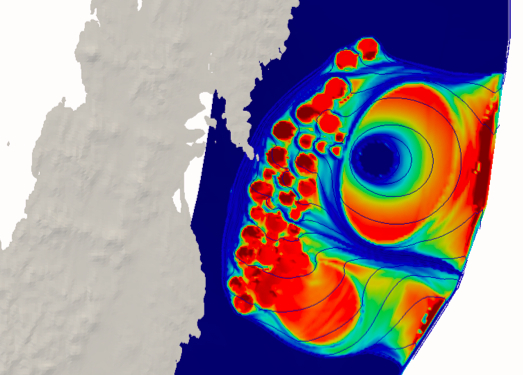 |
Seismic Sources Investigating seismic source properties is important not
only for understanding their nature, but also to avoid mapping
large source uncertainties into structural heterogeneities.
Seismic sources are all those that generate seismic waves,
including ambient noise, glacial calving, landslides, nuclear explosions. More information |
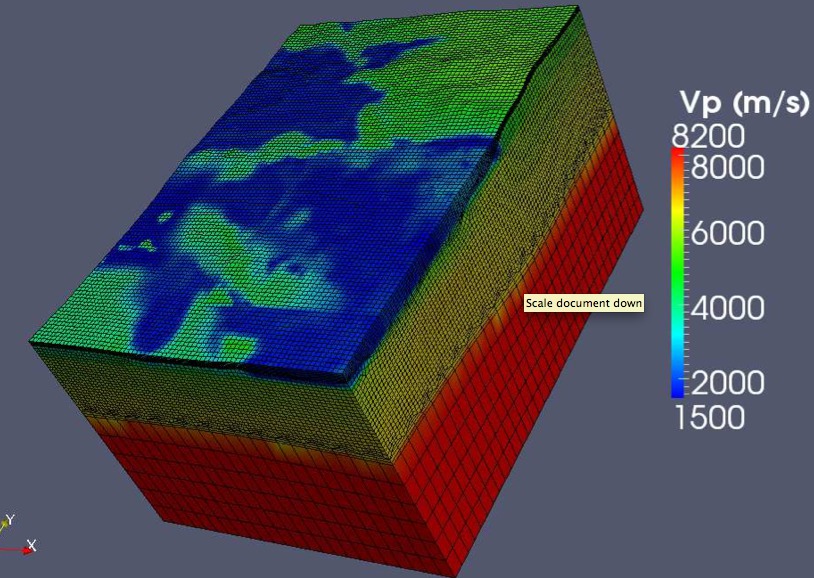 |
Shallow Earth
We accommodate wave propagation in highly complex media
using spectral-element methods. The crux to honor such realistic
settings relies on the meshing process which maps an assumed
heterogeneous velocity model into a hexahedral grid. We apply
this to scales of interest to exploration seismology, seismic
hazard, and continental tomography. More information |
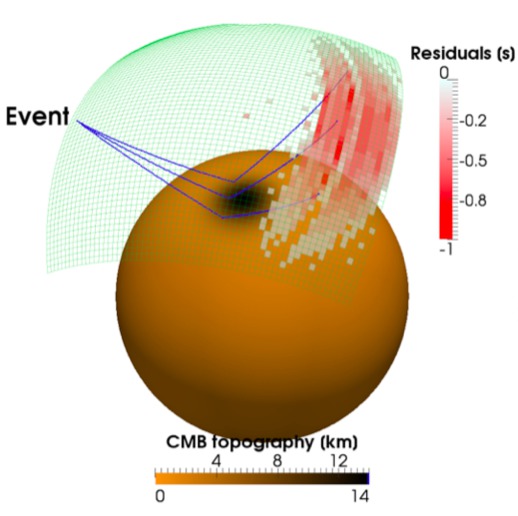 |
Deep Earth
The enigmatic deep
earth is fundamental to understanding global earth dynamics
and evolution as well as the magnetic field. We conduct
several studies to image these complex regions with full
wave propagation. More information |
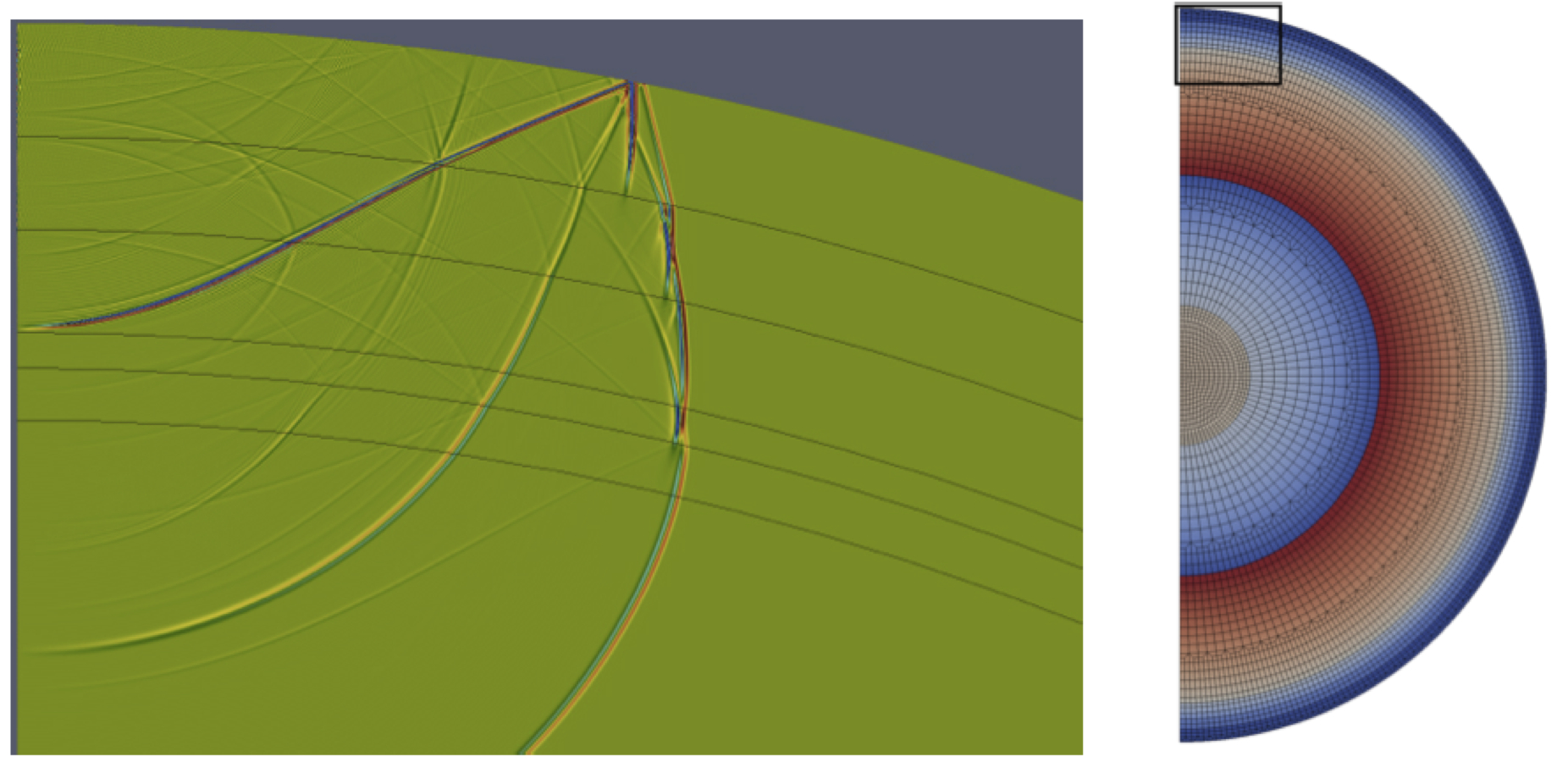 |
Numerical wave propagation
3D numerical simulation of seismic wave propagation has entered a mature stage and is capable of accurately reproducing observed data. However, it is still a monumental and often inaccurate task, both of which we tackle by various new approaches depending on the scale and complexity. More information |
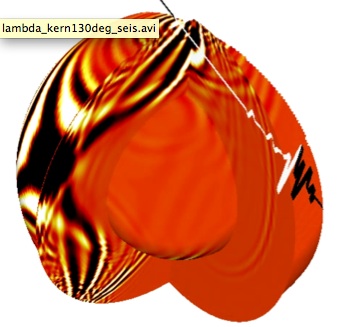 |
Inverse theory
Imaging the earth's interior is an ultimate goal of structural seismology, and the far-reaching nature of seismic waves combined with accurate ground motion measurements propelled seismic tomography into the prime tool to constraining earth's interior structure at scales from the globe to hydrocarbon detection. We work on many aspects both on the applied side and more fundamental questions underlying this highly non-unique procedure. More information |
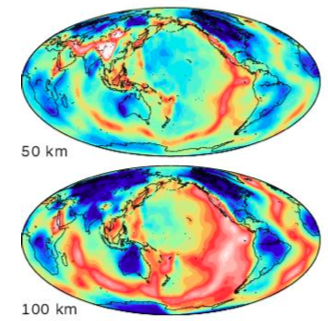 |
Data analysis and tomography
Seismology is a data-driven discipline:
using as much careful analysed data as possible is fundamental to
any imaging procedure. We embark on diverse projects at all
scales of tomographic imaging, in particular those that harbor
complex waveforms that are inaccessible via classical asymptotic
techniques. More information |
Interested? If any of these or related topics spark your attention and interest, please do not hesitate to contact us. Note, however, that internally funded positions will be clearly announced on these pages, and we do not offer a funded summer internship programme.
